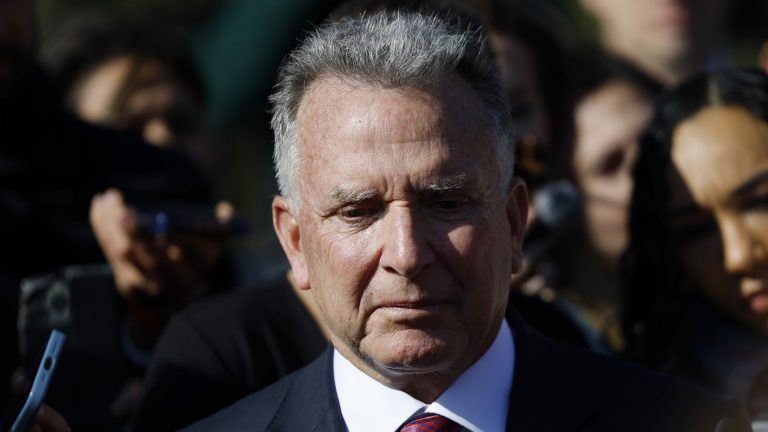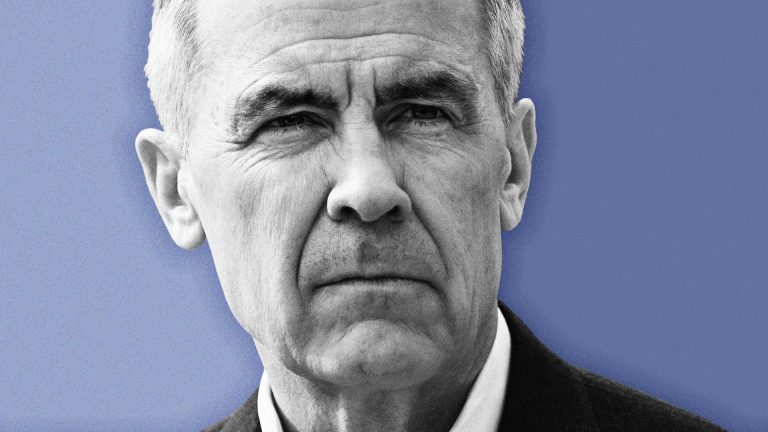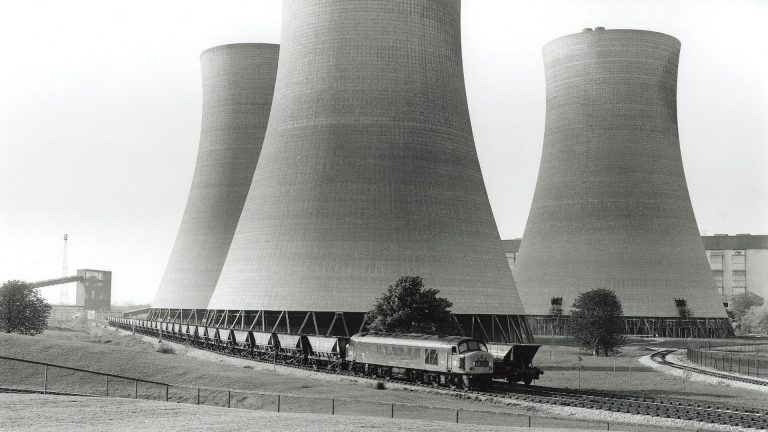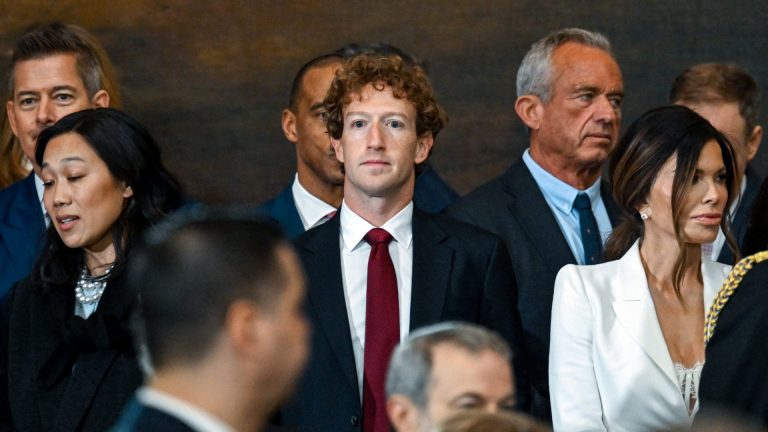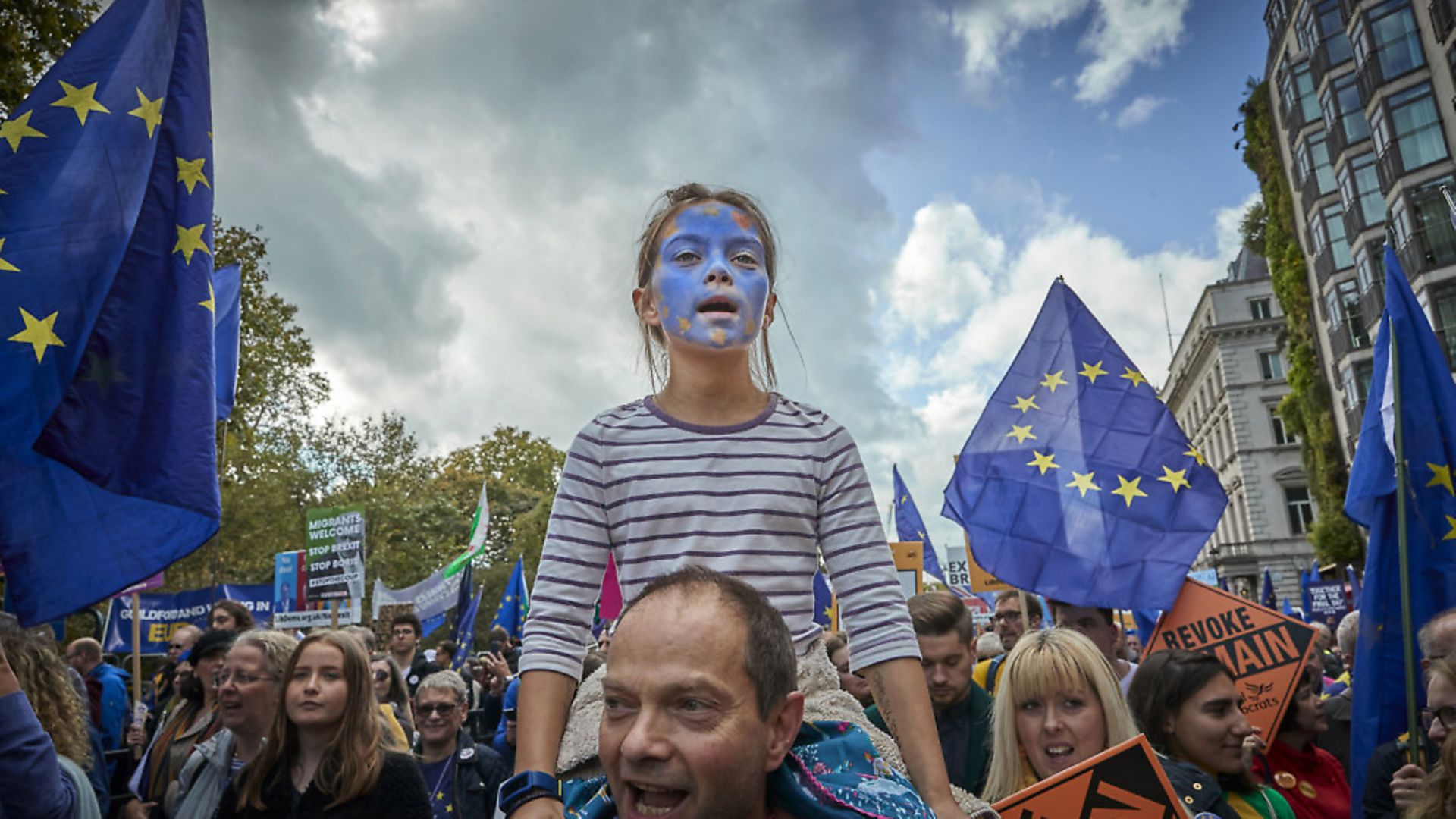
The group campaigning for a second referendum has been in the news for all the wrong reasons. JAMES BALL looks at the story behind the headlines.
It seems particularly ominous that infighting at the People’s Vote group spilled into the public eye in the same week the country finally shifted towards a general election. The truth is that the organisation has long suffered from factional infighting.
That this was largely invisible to the honourable public movement it became the face of was largely thanks to its apparent success: In the run-up to the Boris Johnson premiership, public support for a second referendum surged in the polls, with the People’s Vote campaign taking the credit – although it’s worth noting that the option of no-deal enjoyed a similar surge in support with no campaign organisation to egg it on, until the Brexit Party was founded in January 2019, since when support for no-deal has largely flatlined.
In practice, the People’s Vote group has struggled to agree on a strategy – or even an organisational structure – since it was created, largely out of the personnel who ran the Remain campaign in the first referendum, joined by various pro-EU NGOs.
It never incorporated itself as an organisation, meaning it could never have anything resembling a conventional management structure or board. Instead, it functioned as an uneasy coalition of five different groups.
From the get-go there were efforts to oust various factions – Will Straw faced efforts to remove him from Open Britain. Some within the nascent movement were concerned to see it emulating the unsuccessful tactics of the original Remain campaign. Arguments over tactics eventually entrenched and divided the factions, making decision-making harder.
Recent months, insiders claim, saw the Joint Media Unit – for which Tom Baldwin, one of the officials publicly ousted this week, worked – move against Rudd and others in People’s Vote in a series of bids to remove him, each of which failed.
Eventually, frustrated with constant infighting and an apparent marriage to unpopular politicians and campaign tactics, the mood of Rudd and those around him went from doomed conciliation – bids to hold the increasingly tenuous coalition together – to trying to unify what was left by ousting his opponents. Given the very public implosion that resulted, it is safe to say this tactic did not work.
One of the core tensions within the group was who should be the face of People’s Vote. Tom Baldwin, James McGrory and their supporters had advocated to keep politicians as the public face of the movement, while others wanted to involve and spotlight the grassroots. The result was grassroots constantly looking for other outlets, some constructive and others less so.
The crisis has come at what first looks like the worst possible time for People’s Vote – just as the UK moves on to an election footing. But this particular crisis could be an opportunity. The People’s Vote organisation is not the Remain movement – it is merely an institutional embodiment. The future of Brexit will be decided at the ballot boxes of this general election, and by the political parties standing in it. Perhaps the best move what remains of People’s Vote can do to is to release their activists, their data – responsibly and with due safeguards – and their funding into the key target seats that will help secure a majority in favour of revocation or a second referendum. That’s the concrete action that could help stop Brexit.


